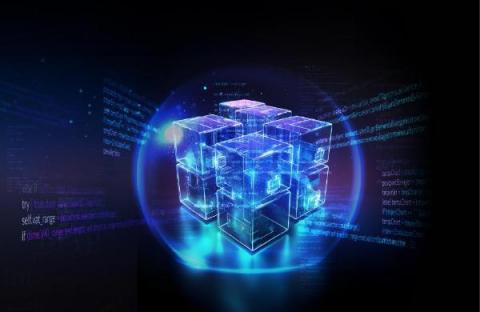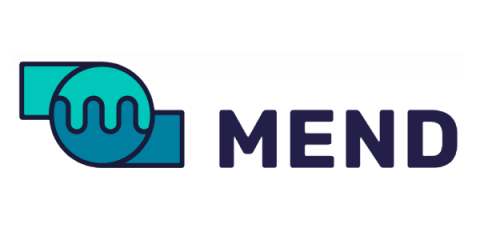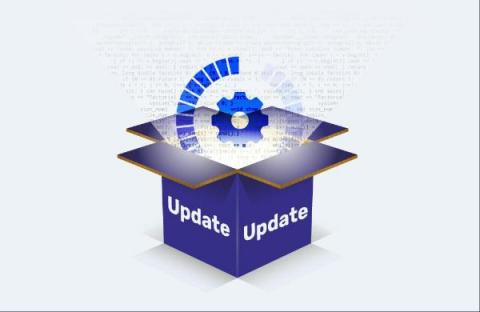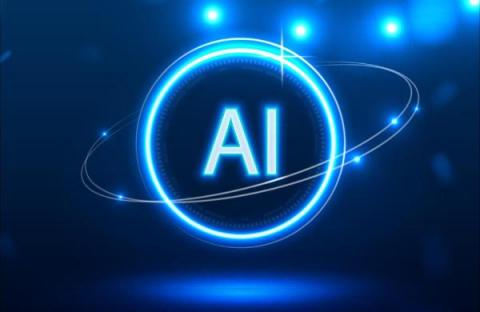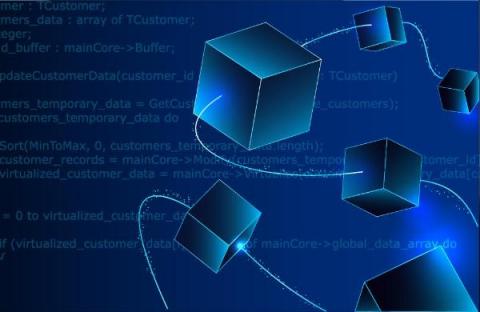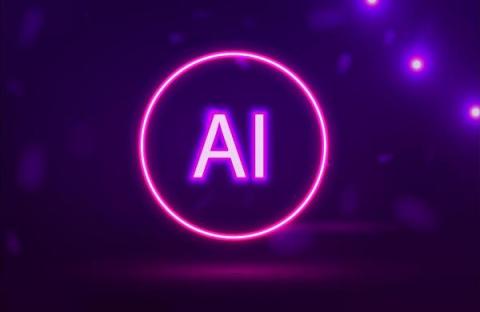A New Version of Mend for Containers is Here
As modern software becomes increasingly cloud-based and containerized, application security tools must adapt to meet new challenges and provide security coverage across the software development lifecycle (SDLC). The use of container platforms like Docker and orchestration tools like Kubernetes inherently solves some security concerns – but containers are not without risk, and can even inject some new risks into your organization’s software.


